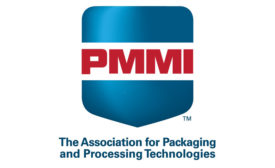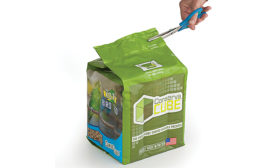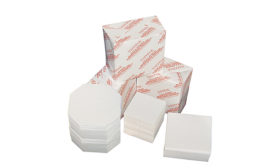Home » flexible packaging
Articles Tagged with ''flexible packaging''
TECH FLASH
Eco-consciousness wins hearts and minds
Companies minimizing environmental impact secure consumer loyalty.
March 29, 2016
Food Packaging
Food Packaging: In the resealable future
The standup, resealable pouch seems to be taking over the retail shelf, offering consumers freshness and convenience.
February 8, 2016
Automation Series
Solutions for improving yield are within reach
You’ve done the obvious, so where else can you look to squeeze out more product?
September 26, 2015
Elevate your expertise in food engineering with unparalleled insights and connections.
Get the latest industry updates tailored your way.
JOIN TODAY!Copyright ©2024. All Rights Reserved BNP Media.
Design, CMS, Hosting & Web Development :: ePublishing











